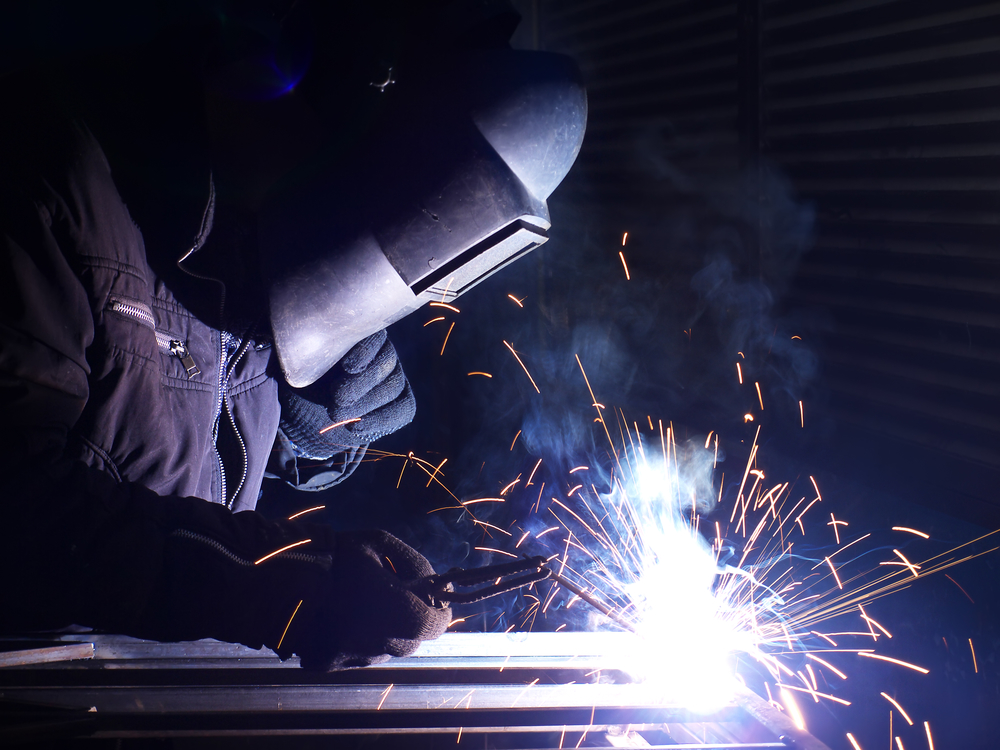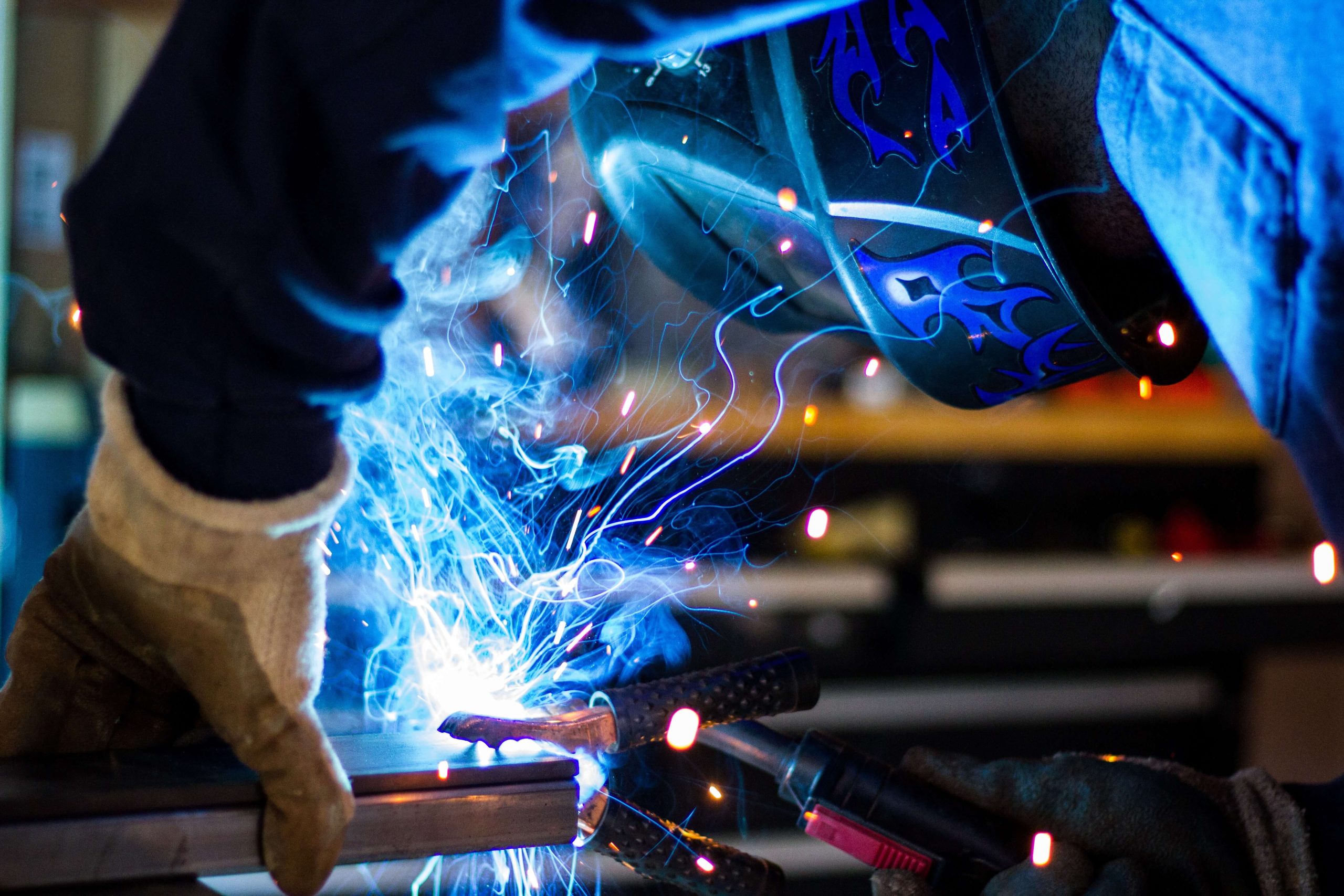Common Welding Repair Issues and Exactly How to Address Them Effectively
Welding repair work frequently experience a series of concerns that can threaten the integrity of the end product. Common issues include poor infiltration, porosity, and imbalance, among others. Each defect presents distinct obstacles that call for certain techniques for resolution. Comprehending these problems is important for welders aiming to boost their results and abilities. This discussion will discover these typical welding repair problems and effective methods to resolve them.
Insufficient Infiltration
Inadequate infiltration occurs when the weld steel falls short to totally fuse with the base material, leading to weak joints and possible structural failures. This concern typically comes from insufficient warmth input, incorrect electrode angle, or inappropriate welding rate. Welders may experience poor penetration due to a mistake of the needed parameters for a specific product thickness or kind. In addition, contamination on the base product's surface area can hinder effective bonding, intensifying the issue. To address poor penetration, welders should ensure ideal setups on their tools and maintain a tidy job surface. Normal assessment of welds is suggested to recognize any shortages early, enabling timely adjustments and the avoidance of jeopardized structural honesty in bonded assemblies.
Porosity
Porosity is an usual problem in welded joints that manifests as little gas bubbles caught within the weld steel. This issue can compromise the honesty of the weld, leading to minimized strength and potential failing under tension. Welding. Porosity generally develops from contamination, wetness, or inappropriate welding methods, which permit gases to escape into the molten weld swimming pool. To resolve porosity, welders should ensure appropriate surface prep work, keep a tidy functioning setting, and utilize suitable welding criteria. In addition, picking the best filler material and protecting gas can reduce gas entrapment. Normal evaluation and testing of welds can assist determine porosity early, ensuring prompt rehabilitative activities are taken, thus protecting the quality and integrity of the bonded framework
Imbalance
Misalignment in welding can occur from different aspects, consisting of incorrect configuration and thermal expansion. Comprehending the origin is essential for reliable resolution. Numerous correction strategies are readily available to straighten components and assure architectural integrity.
Root causes of Imbalance
Welding misalignment typically stems from a range of underlying issues that can compromise structural integrity. One key reason is incorrect fit-up of parts prior to welding, which can lead to gaps and irregular surfaces. Variants in thermal development during the welding process can additionally result in distortion, particularly if the materials being signed up with have different coefficients of expansion. In addition, poor securing and fixturing might stop working to hold parts securely in position, leading to activity throughout welding. Badly conserved equipment, consisting of welding makers and devices, may present disparities in the weld grain, additional adding to misalignment. Operator mistake, stemming from not enough training or experience, can also play a significant role in producing misaligned welds.

Adjustment Strategies Readily Available
Addressing imbalance successfully requires a combination of restorative strategies tailored to the specific concerns at hand. One typical method is the usage of jigs or fixtures to hold parts in the correct setting during welding, making certain regular positioning. Additionally, preheating the materials can aid reduce distortion and improve fit-up. For significant imbalance, mechanical realignment techniques, such as utilizing hydraulic jacks or clamps, can be used to fix the position prior to welding. Post-weld warm therapy may additionally be required to relieve anxieties caused by misalignment. Mindful evaluation and modification throughout the configuration stage can stop misalignment issues from ending up being significant problems, promoting a smoother welding process and enhancing total architectural integrity.
Distortion
Distortion is a typical obstacle in welding that can occur from numerous factors, consisting of irregular home heating and air conditioning. Understanding the sources of distortion is necessary for executing efficient avoidance techniques. Addressing this problem not just boosts architectural integrity but also enhances the overall top quality of the weld.
Sources of Distortion
When subjected to the intense warm of welding, materials frequently undertake adjustments that can cause distortion. This phenomenon primarily occurs from thermal expansion and contraction during the welding process. As the weld location warms up, the material broadens; upon cooling, it gets, which can produce interior tensions. Furthermore, irregular home heating across a workpiece can exacerbate these stress and anxieties, resulting in bending or flexing. The kind of material also plays a significant role; steels with differing thermal conductivity and coefficients of development might respond in different ways, bring about unpredictable distortions. Bad joint style and inadequate fixturing can add to misalignment during welding, boosting the chance of distortion. Comprehending these reasons is necessary for reliable welding repair and avoidance strategies.
Avoidance Techniques
Reliable avoidance methods for distortion during welding focus on managing warmth input and ensuring proper joint style. Maintaining a constant warm input assists to reduce thermal growth and tightening, which can result in distortion. Making use of strategies such as preheating the workpiece can likewise minimize the temperature gradient, promoting consistent heating. In addition, choosing proper joint styles, such as T-joints or lap joints, can improve security and decrease anxiety concentrations. Applying appropriate fixturing to protect the workpieces in position additionally help in maintaining placement during the welding process. Staggered welding sequences can distribute warmth a lot more uniformly, preventing local distortion. By using these approaches, welders can greatly decrease the chance of distortion and boost the general high quality of their welds.
Cracking
Breaking is an usual problem encountered in welding repair services, usually arising from various variables such as incorrect cooling prices, material selection, or inadequate joint preparation. The occurrence of splits can significantly jeopardize the integrity of the weld, leading to possible failings during procedure. To address this issue, welders should initially assess the source, ensuring that products work and appropriately selected for the particular application. In addition, controlling the cooling price throughout the welding procedure is crucial; fast air conditioning can generate anxiety and result in breaking. Appropriate joint design and preparation additionally contribute to decreasing the risk. Carrying out these techniques can boost weld quality and durability, ultimately decreasing the likelihood of breaking in ended up weldments.

Incomplete Blend
A substantial concern in welding fixings is incomplete blend, which happens when the weld steel does not properly bond with the base material or previous weld passes - Belgrade. This problem can cause weak points in the joint, potentially jeopardizing the stability of the welded framework. Aspects adding to insufficient blend include not enough warm best welder for beginners input, inappropriate welding method, and contamination of the surface areas being signed up with. To resolve this problem successfully, welders need to guarantee appropriate pre-weld cleansing and surface area preparation, along with adjust their welding specifications to attain sufficient penetration and blend. Routine inspection throughout the welding process can likewise assist recognize insufficient blend early, permitting timely corrective procedures to boost the overall top quality of the weld
Overheating
While welding repair services can enhance structural integrity, overheating provides a considerable difficulty that can cause product destruction. Too much warmth during welding can modify the mechanical homes of steels, causing minimized toughness, boosted brittleness, and bending. This sensation is particularly essential in high-stress applications where structural dependability is critical. Determining getting too hot can entail visual examinations for discoloration or distortion, in addition to keeping an eye on temperature level throughout best gasless mig welder the welding procedure. To alleviate the dangers linked with getting too hot, welders ought to utilize ideal strategies, such as regulating heat input, readjusting traveling rate, and making use of ideal filler products. Furthermore, executing pre- and post-weld warm therapies can aid recover product homes and enhance the overall quality of the repair service, ensuring lasting efficiency and safety.
Regularly Asked Inquiries
What Are the Usual Signs of a Welding Defect?

How Can I Examine My Welds for Quality?
To evaluate welds for quality, one can use aesthetic inspections, ultrasonic testing, and radiographic methods. Each strategy guarantees structural stability, identifies flaws, and confirms adherence to defined standards, ultimately enhancing the integrity of the welded joints.
What Safety and security Preventative Measures Should I Take While Welding?
When welding, one need to focus on safety by putting on ideal individual protective tools, guaranteeing appropriate ventilation, protecting flammable materials away, preserving a tidy workspace, and recognizing surroundings to stop accidents and injuries.
Can I Fix a Weld Without Redoing the Entire Joint?
Fixing a weld without redesigning the whole joint is feasible, relying on the damage (Belgrade Fabrication). Techniques such as grinding, including filler product, or utilizing a welding process can properly deal with particular problems while i thought about this maintaining the bordering structure
What Devices Are Necessary for Reliable Welding Fixes?
Important devices for efficient welding fixings consist of a welding device, cable brush, grinder, safety gear, clamps, and filler products. Each tool plays an important function in ensuring quality and safety throughout the fixing process. Porosity generally emerges from contamination, wetness, or improper welding strategies, which permit gases to leave into the molten weld pool. Badly kept tools, including welding machines and tools, might present incongruities in the weld bead, further adding to imbalance. When subjected to the extreme warm of welding, materials usually go through modifications that can lead to distortion. Fracturing is a typical problem experienced in welding fixings, often resulting from different elements such as inappropriate cooling prices, material choice, or poor joint prep work. A significant issue in welding fixings is insufficient blend, which occurs when the weld steel does not properly bond with the base product or previous weld passes.